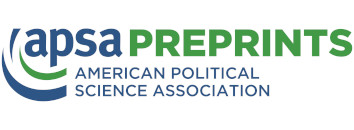Abstract
Universal Design for Learning (UDL) is an approach to instructional design that encourages instructors to create learning environments that are accessible to students regardless of their disability status. The idea is that every student learns differently and when we design courses that anticipate and break down common barriers to learning, we help all students. This paper provides a brief overview of UDL and offers tips and strategies for its implementation. The paper also offers an American Government syllabus as an example resource.


